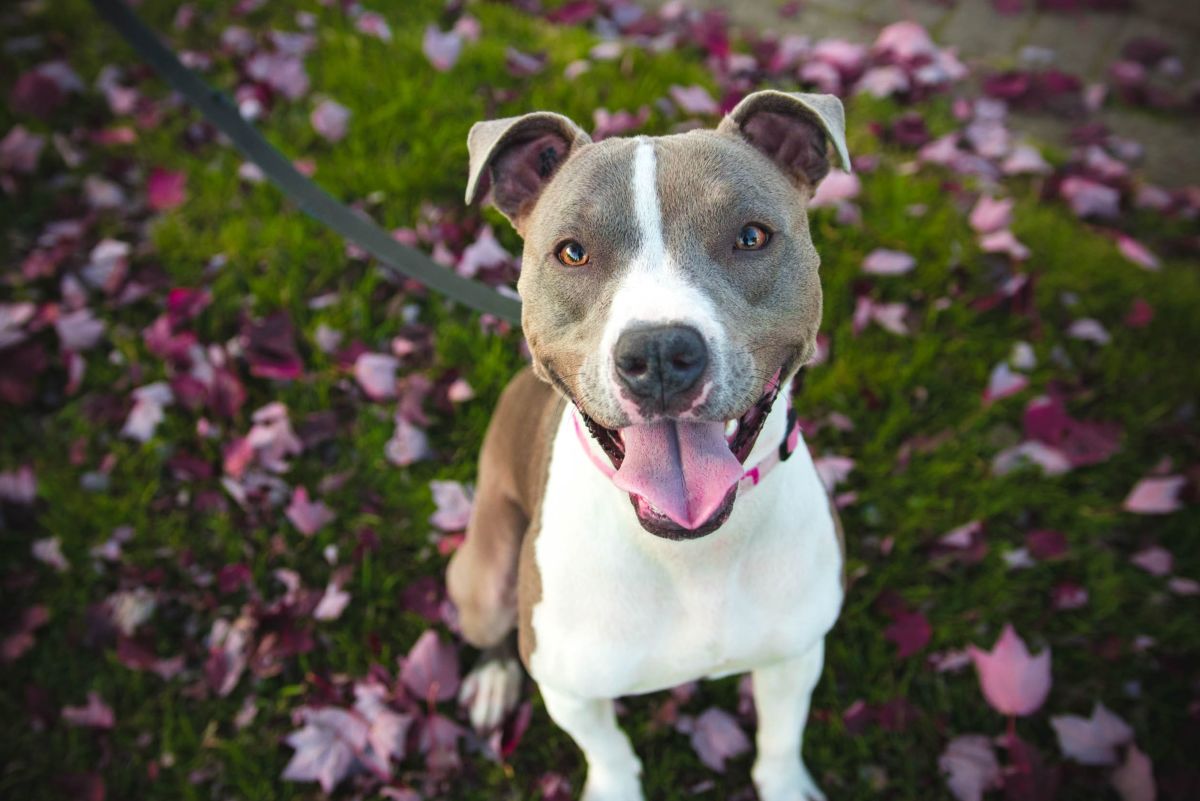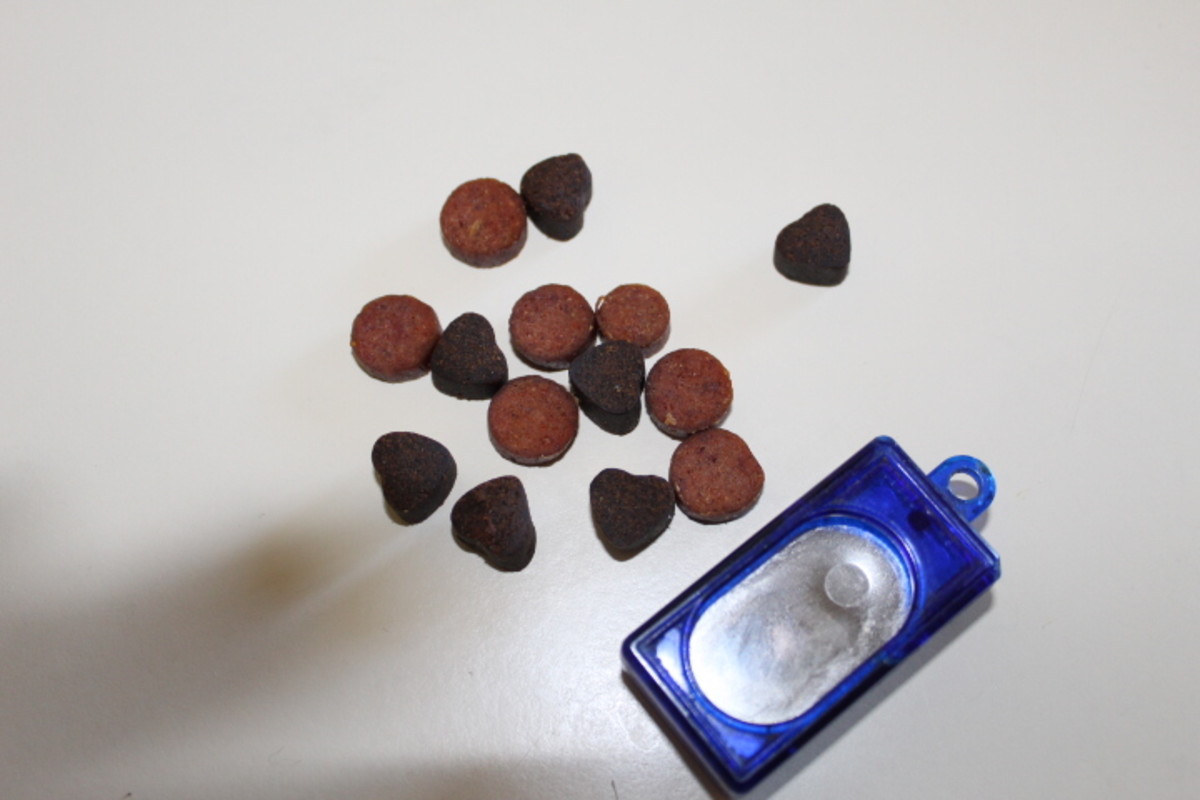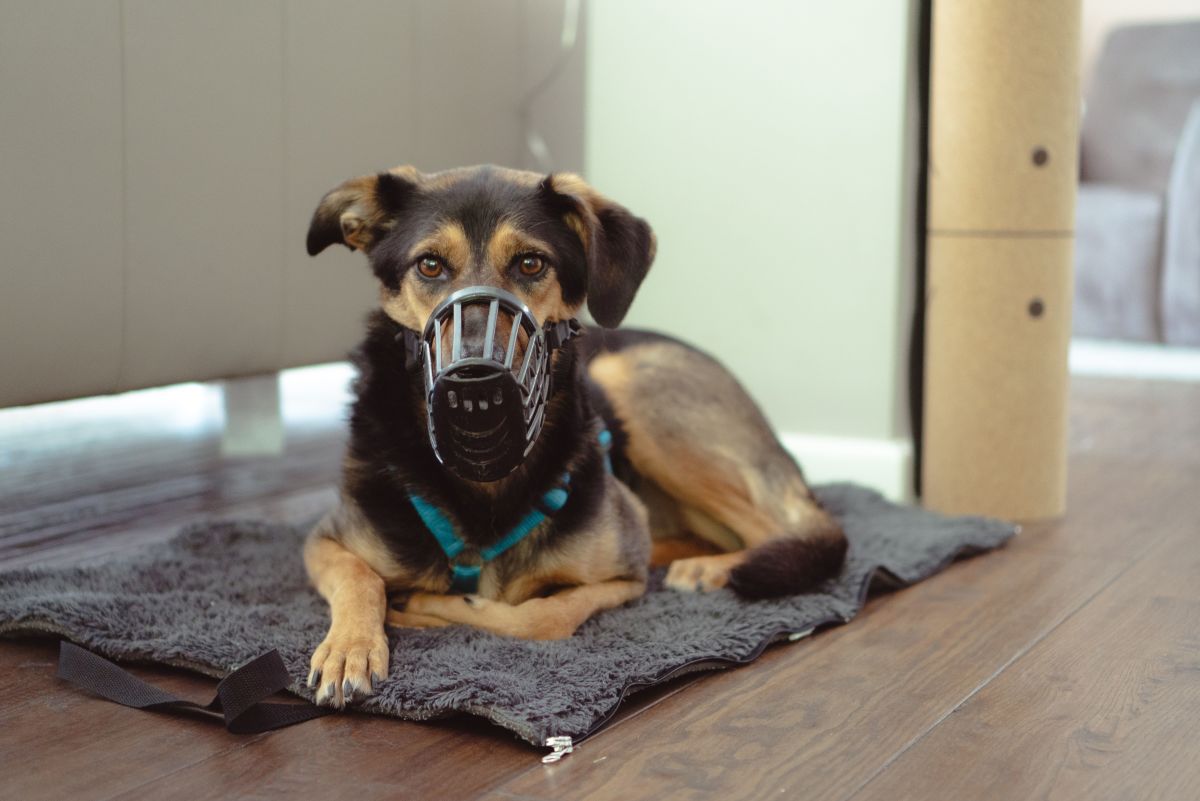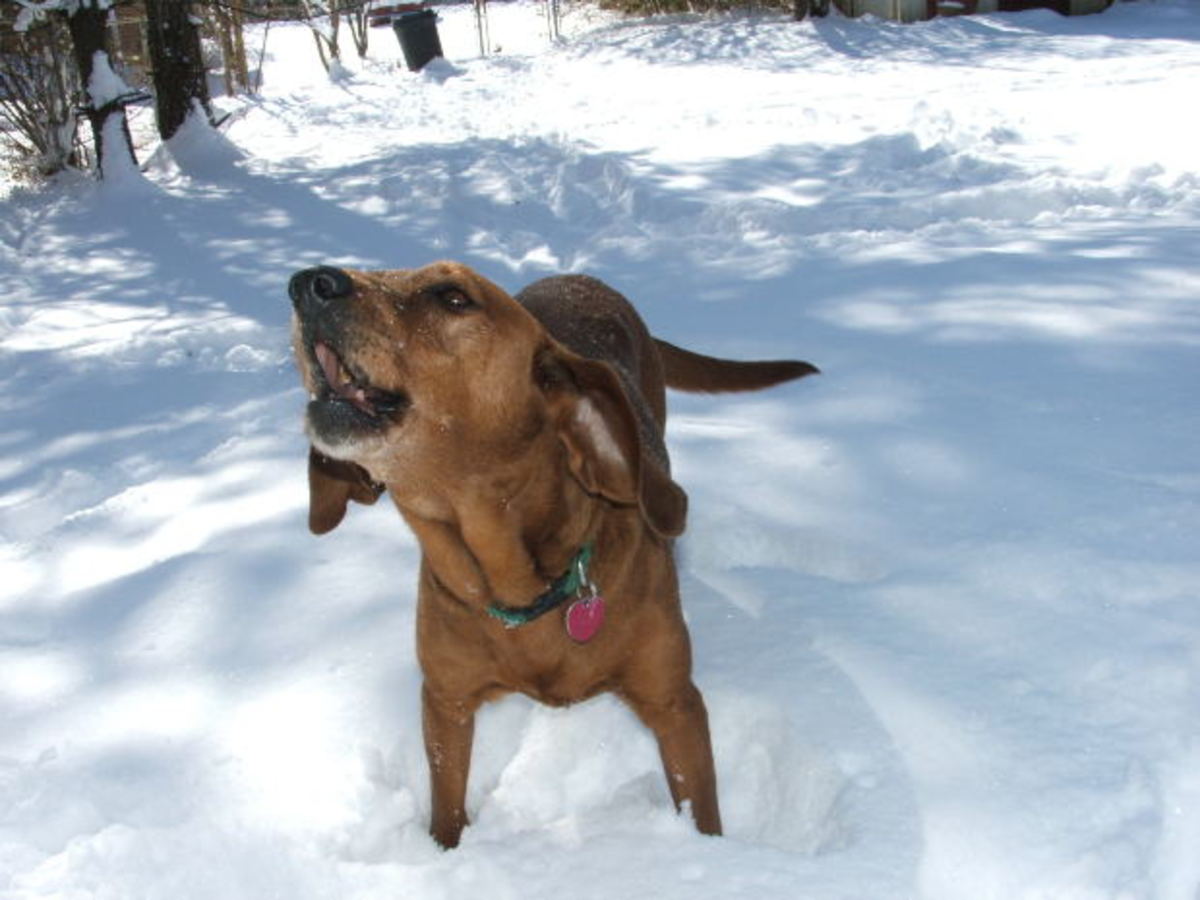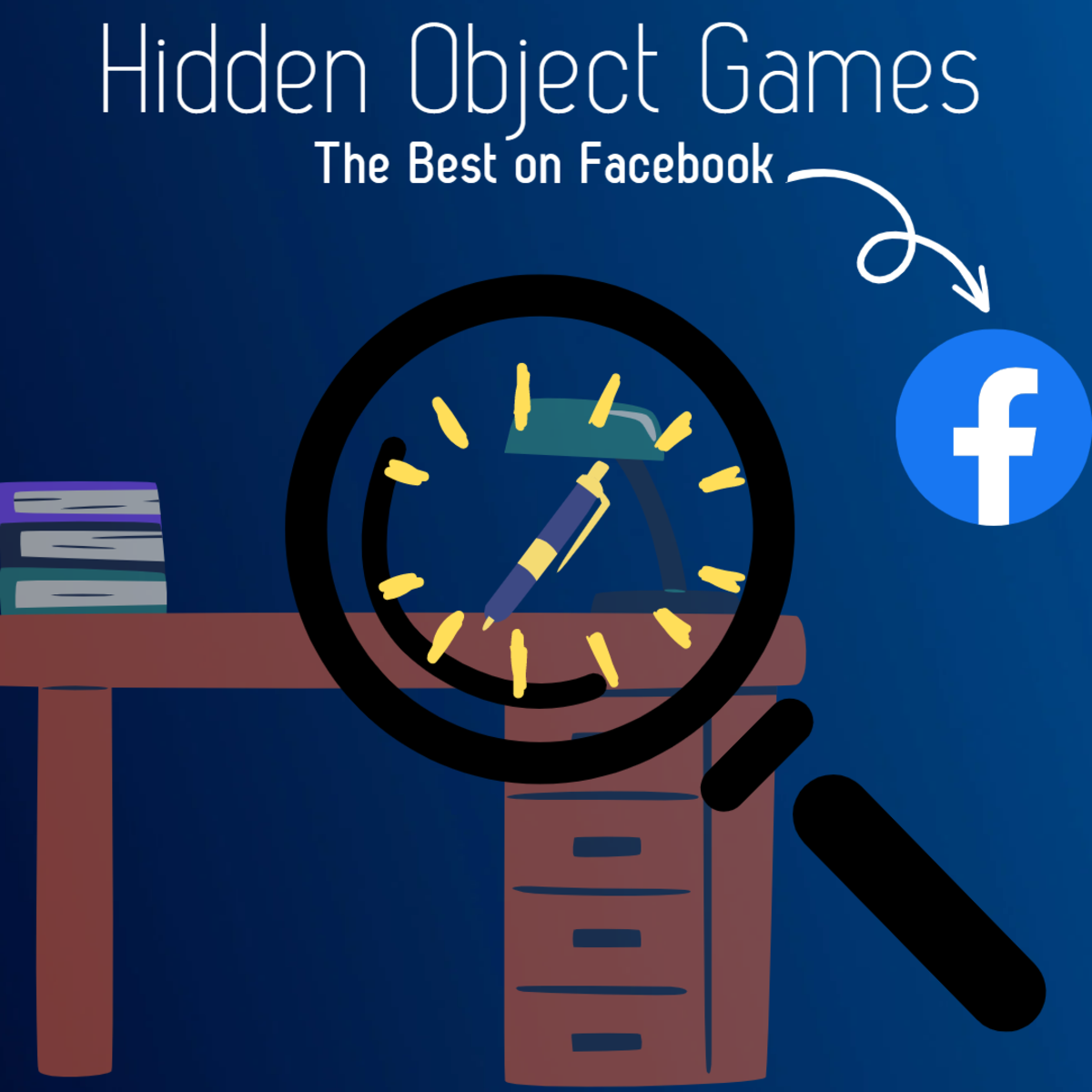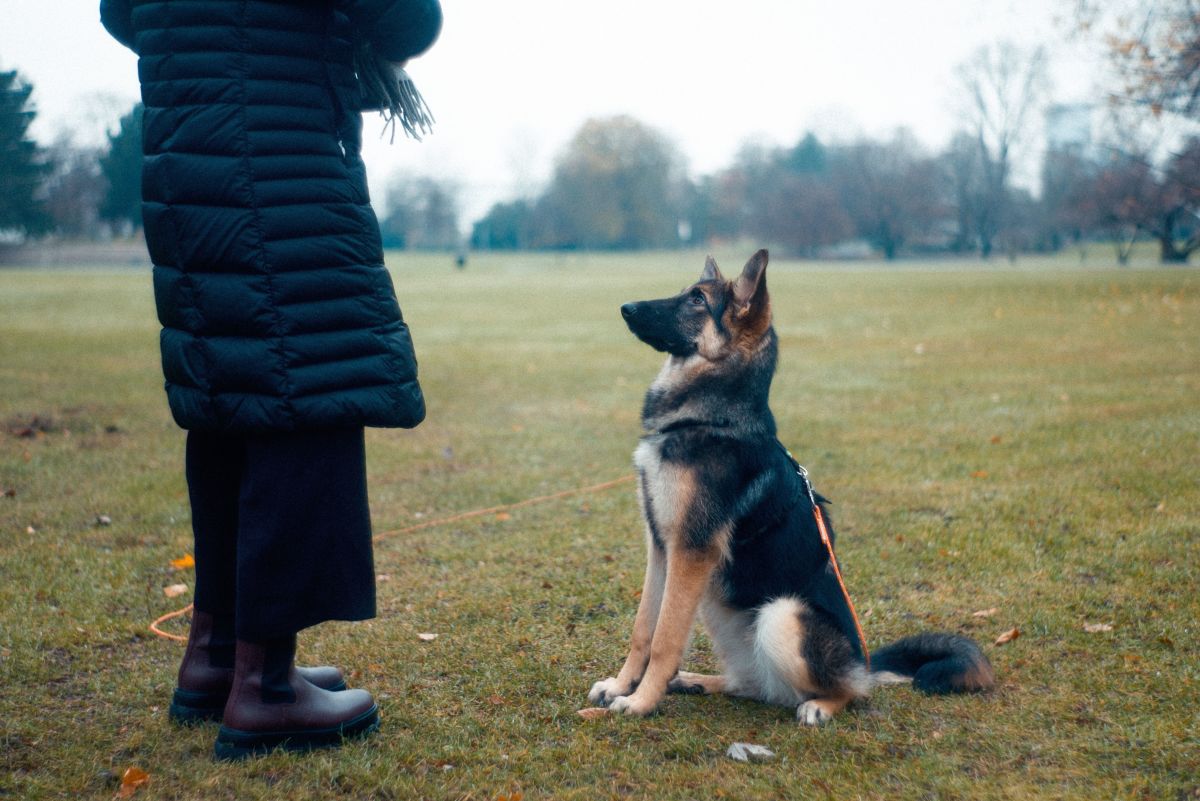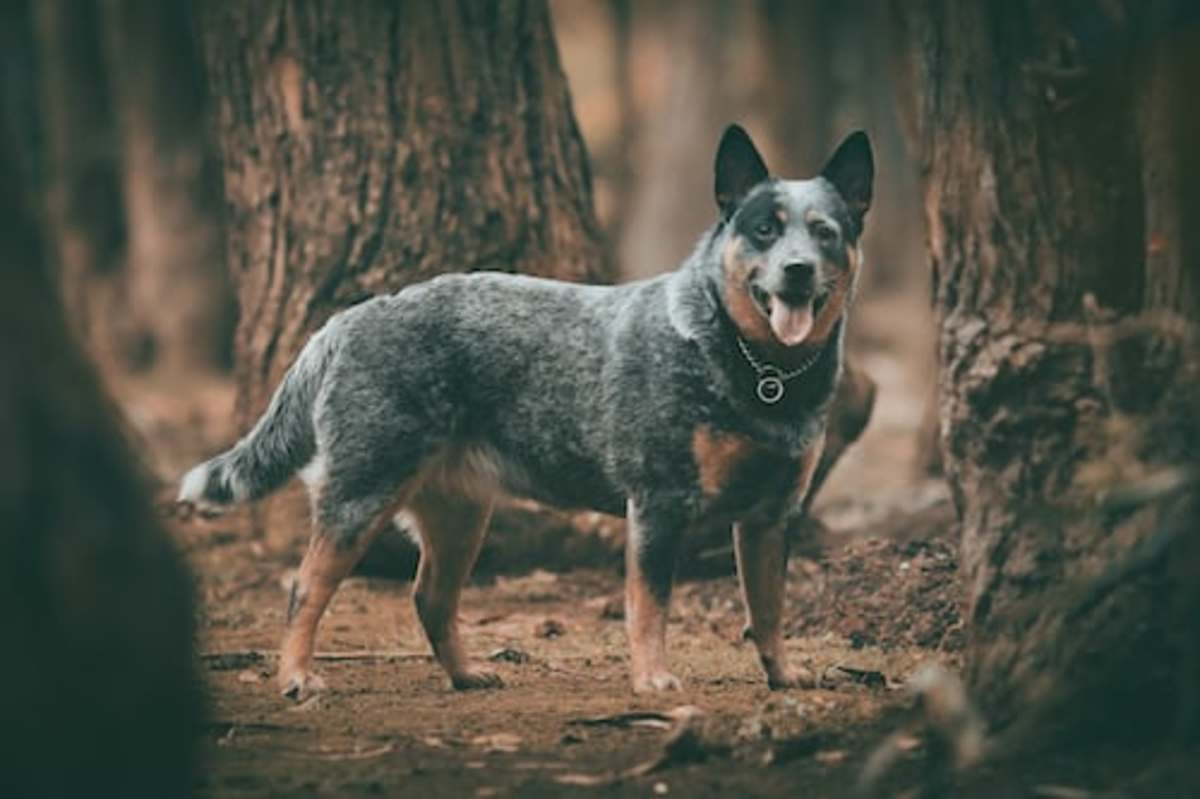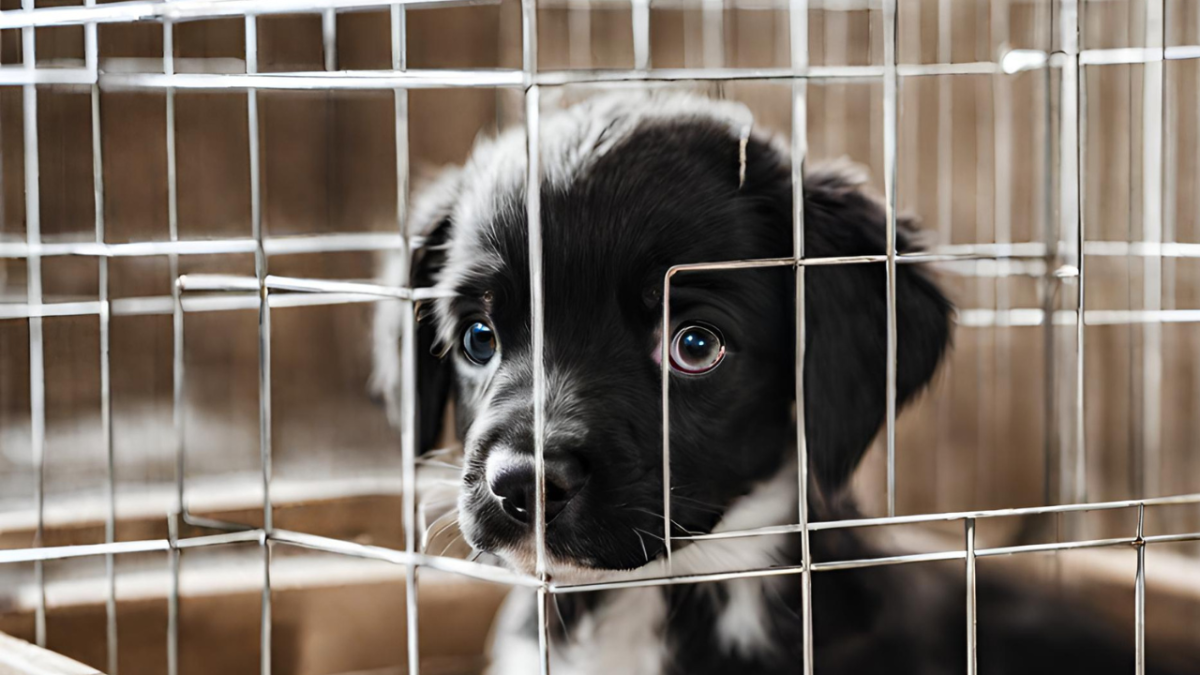Games Working as Training
Games? I thought you wanted to train Wally?
Games are wonderful. You want to teach your dog to follow rules? Teach him a game. You want him to be intent on you? Play a game with him. You want him to get "Exercise, Discipline, and Affection"? Play a game with him. You want to make training fun for both you and canine? Teach and play games.
Plus, the dog can see that he can have fun with you. That will grow your relationship, and all training goes better when the relationship between "master" and "student" are strong and positive.
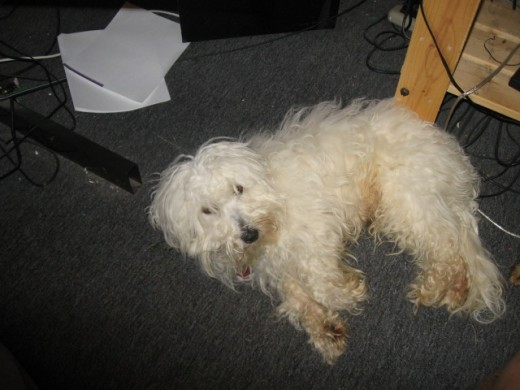
Games for Training?
I play many games with Wally. Many might not be considered "games" by some, and sure, it ain't flyball, agility, or even Rally-O, but they are different than the usual session, usually have a different energy from me (more excited, faster pace, cues given in different tone, etc) and require different things from him.
I will admit that many games I play are mental in nature, but mental work (or play) really can tire out a dog. Nothing puts him down for the count come 12 AM than a day of constant mental activity. When I don't, I hear him moving around "digging" in his bed or sniffing for stray kibble squares until he sleeps from boredom.
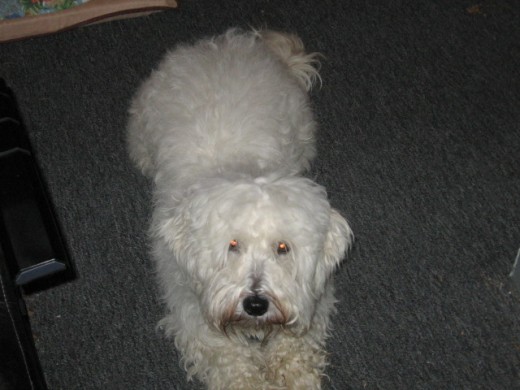
Are Games Operant Conditioning?
Sure are.
Why do I say that? Well a couple reasons.
- Everything you do is operant conditioning, while some things have an added classical conditioning impact.
- You're giving him results based on his actions:
Reward/Prize for successful round/behavior = +R
No Reward = -P
If for some reason I need to end the game early with no success = -P
Ending the game successfully (I use a cue to end the session successfully - usually a "good boy!" and letting him jump up on me) = +R
Refusing to start the game (or the next round) if he's acting wild or overly distracted = -P/-R (depends on your viewpoint, imo)
If needed, a "leave it" or other firmly given cue to get his attention = light +P (the tone of voice will need to deliver it as I don't ever want to physically touch him in anger/upset during games, or at all)
As you can see, all of the various responses are a consequence that can be categorized as one of the four operant conditioning results. In a game, these are often coming frequently and often, especially the +R/-P pairing.
This creates a fun environment in which he's getting rapid and clear feedback on his behavior. It helps him learn the order and process of things, again in a clear and "in his language" way. The responses are very distinct. There's a big difference between the click->treat->game continues and silence->no reward->game ends/verbal reprimand result chains. It's like shouting to his mind, that's how clear and distinct it is.
And it's all along the same lines that dogs would do when play among themselves - so it speaks their social language as well. One dog bites or rough-plays too hard, he gets a snap or a halt to play and perhaps even the loss of his play partner (and ending the game). If one dog bothers another that's not in the mood to play, he'll get ignored, or perhaps a verbal scolding (a growl, a gruff bark), these things are understood and we're using their ability to read us to deliver similar messages.
Rapid Cues
This is probably the game I've played the most and is the first I thought of to play with him. The object of this game is for him to perform the cues rapidly. Ah, but there's a twist. I will rapid fire them at him between two to six at a time before he gets a single c/t. I start with two and somewhat slowly to get him warmed up. And then start picking up the pace each "round" and based on if he's "in the zone" today or not.
The rules of the game:
- He must take a sitting or down position, looking at me, and not panting or looking around (indicates concentration as dogs will close their mouths when they are concentrating/focusing on something intently), and ears swivelled forward (his ears more forward and back)
- He must perform all cues correctly within the "delay time" or he gets no reward that round.
- There's no "do-overs" any failure = nothing in the round.
- All clicks earn one reward. No jackpots. Results are binary - either one, or none.
- There is just one click per round. Four cues doesn't equal four clicks. This isn't tricking the dog. Instead, all the behaviors will be considered one behavior chain.
- All known behaviors are fair game if they can be reasonably and safely performed in the location of the game.
- There's no action required after getting the click. He'll often sit to get the reward, but I don't require it from him.
How the game goes:
- With Wally in a sit/down (his choice), I decide the "delay time" for the round. This is the time he has to perform to cue and still be considered successful. Also, decide how many cues you'll require. I start with 2 and work up to 6 on a usual day, sometimes 7 or 8, especially if they are "easy" cues.
- Give the first cue, if he performs it before the delay time is over, give the next, and so on until he's done as many as you'd like. Click and treat the final cue.
- Start the next round as soon as he's eaten his treat. Keep him involved and engaged. If he's doing well, pick up the pace by shortening the delay time, causing the cues to come out faster and him needing to perform faster.
- Feel free to reuse cues in a round. Many times, I do something like: sit, down, up, sit, up, down <click>
Why I like this game:
This game helps him to think quickly while staying focused on me for his next cue. He has to process the cue and the action required AND be ready for the next cue. He can't anticipate what I want because they can come in any order at all. He also has to manipulate his body from various positions to get to the next position, increasing his dexterity and body awareness.
Find it! Games
This is a game he plays mostly by himself, though there's some rules that involve me as well. This game is just as the name suggests. He has to find the object in question. Now there's two ways I play: He has to find treats, or he has to find me.
Rules for Treat Find It!
- He starts in a sit or down position (his choice).
- He stays while I set up the game. If he moves, I stop setting up and I put him back and give the stay cue again
- Once I set up all the "search points", he still has to remain in position until I cue "Find It"
- Once I do, he's free to do as he likes to find the treats. Since I hide them in bath towels/dish towels he usually "digs" and paws at them and of course sniffs and bites at the towels.
- He has to signal to me that he thinks he's done. He'll sit/lie down. Only then do I check.
- If he's done, he gets praised and if we're playing another round, I'll direct him back to the starting point and repeat the cycle again.
Rules for Me Find It!:
- Wally must stay where I put him and not move until I call his name. If he moves (and I can hear him thanks to his rattling tags), I put him back.
- Once I call him, he has to find me.
- He has to try for at least a minute before he's allowed to "give up" and bark/whine to call to me.
- If he barks/whines and isn't searching - then I'll come back, but he gets no reward. Then, if playing another round, repeat the cycle.
- If he's searching but barks when he stops for a moment, I'll call again. If he stops, but is still silent (he's probably looking or waiting), I'll call again.
- When he finds me, he's to come to me and sit in front of me. He'll get the c/t at that point.
Why I like this game:
Both variations require him to use his senses to find the goals. For the objects, he has to use his paws and his nose to manipulate the towels and push them out of the way to get the treats. He has to realize that there's nothing else left and stop his work. They also help to work independently.
For the treats version, I'm a non-factor except to start each round and to "check his work". For the 'me' version, he's on his own, only with his ears and his nose to guide him. He has to put forth some kind of effort before he's allowed to quit. Usually, he won't, especially if I call again, which keeps his mind working and trying to track me down. Then, he has to sit in front of me when he does find me, helps add a little discipline to him. He can't jump me, or sniff around for the treat I have.
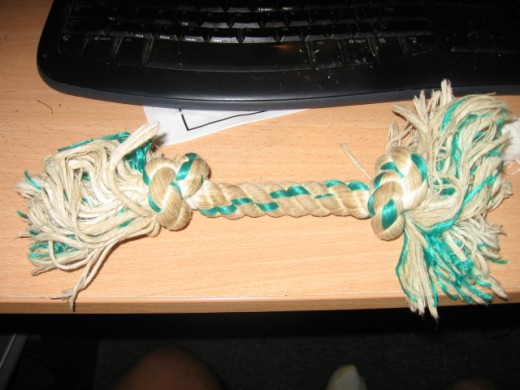
Shaping-style Game
This game is 90% mental. He has to simply keep offering me behaviors in order to make me click. It doesn't matter what. There's no real "cue" to start the game except maybe me sitting with food near by and me playing little to no attention to him (so his first task is getting my attention). After that, he's got to keep going through his behaviors, on his own. He can repeat them, for a while anyway, and then I'll stop rewarding it. He can go back to that behavior, he just can't sit there pawing me 15 times in a row.
Like with the Find It! Games, there's a variation. For the usual shaping game, I'm the "object" of his attention. For the other, there's another object I use and he has to interact with that object in order for me to click. Again, he can repeat behaviors for a while, and then I'll require something different.
Another shaping-ish game is where I hold the object in my hand or otherwise on me and he has to figure out how to get it. If for some reason he can't get it (like I'm in a chair and the toy is on my head) then he can paw or bark for me to present it to him. The only thing that keeps it from being true shaping is that that there's a specific action chain he has to perform:
- He has to get the object, pick it up, and hold it.
- He has to bring it to me.
- He has to hold it until I click. If he drops it. I stick it back in his mouth and delay the click for some seconds to make sure he holds it.
Outside of this, he can do whatever he needs to in order to get the toy. I use his rope bone toy for this since its easy for him to grip and sits up off the ground some. He can climb on me, dig down in my arms, go around my back, use his paw to pull my hand down so he can get it, whatever.

